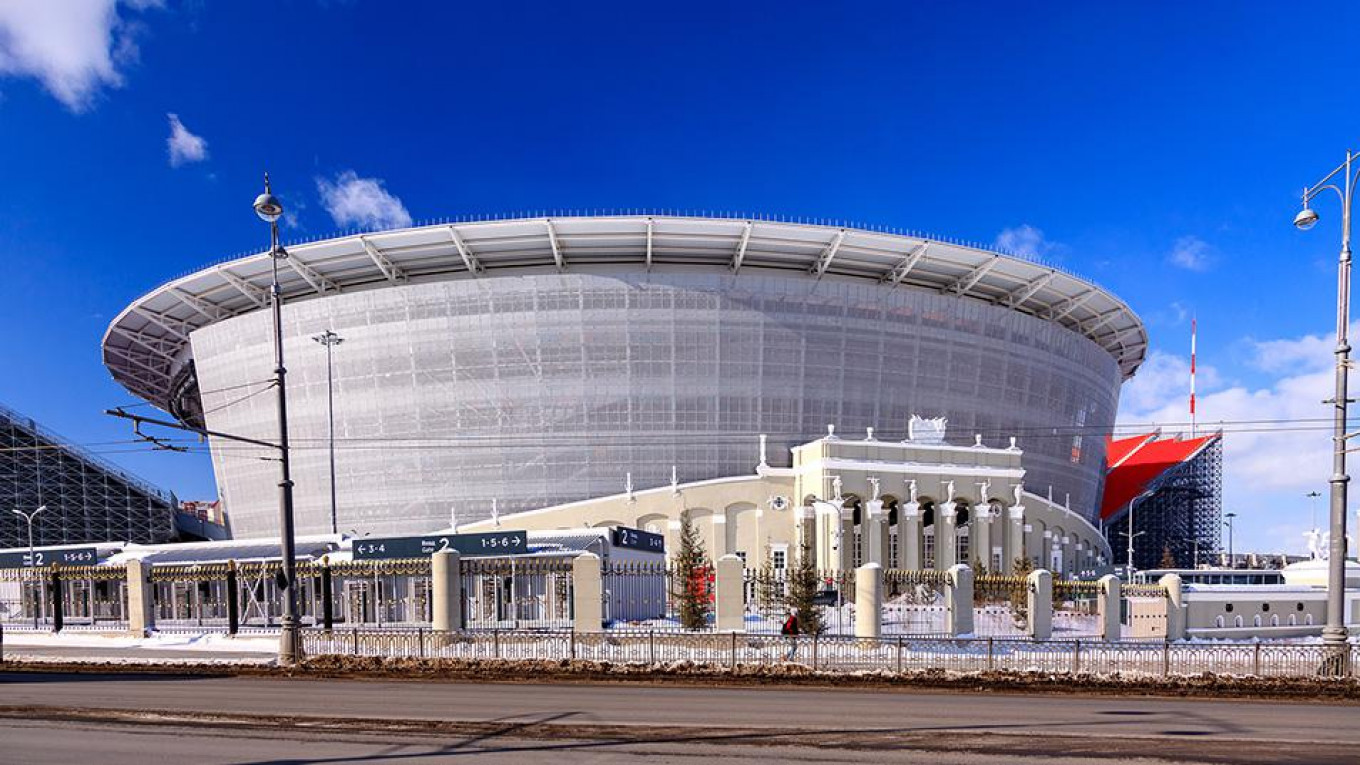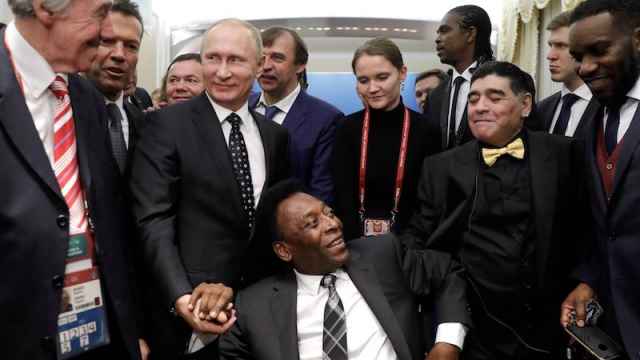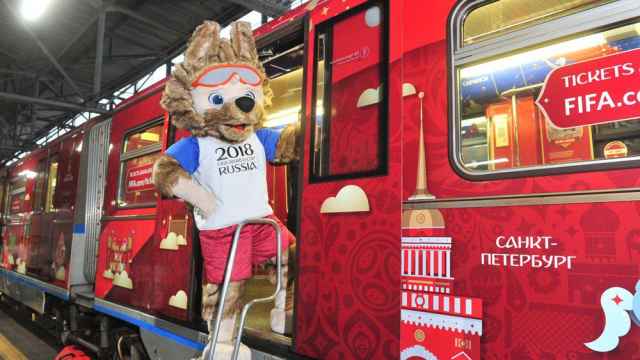History
The current Yekaterinburg Arena was completed in 1957 and is a historical landmark for the city, and especially its sports fans, having hosted some of the city’s most important sporting events. The history of the site even predates the arena itself.
Yekaterinburg’s athletes have congregated at this spot since 1900, when a velodrome opened, financed by a wealthy merchant and patron. The velodrome, one of the first sporting sites in the city, increased interest in sports as a whole and soon became a training ground for tennis players, runners, and croquet players. In 1913, the first Ural football championships were held in the velodrome. Yekaterinburg, with a little coaching from the English consul, handily won the championship, beating Perm 8-1 in the final.
Needing something new and shiny to put Lenin’s name on, the Soviets tore down the velodrome in 1925, building the 5,000-seat Lenin Stadium. It opened with much fanfare three years later, providing the city with a new football pitch and running tracks.
By the early 1950s, the two football teams from Sverdlovsk (as the city was called at the time) had seen considerable success, and crowds were no longer able to fit into the Lenin Stadium; the site was cleared again, this time to make way for the current arena, now the home of FC Ural.
Since then, it has undergone two major renovations; the latest one, for the World Cup, was completed in February 2018.
Architecture and location
The defining feature of this stadium is its facade, which may be the only part still preserved from the original 1957 construction. The magnificent Soviet neoclassical entrance, topped by a hammer and sickle, supports a giant steel cylindrical structure that rises far above the facade itself.
For the World Cup, additional temporary seating has been set up outside the stadium, making room for spectators who will have a bird’s eye (if long-distance) view of the action on the field. Once the games are over, the extra seating will be taken down, reducing the capacity from 35,696 to 23,000.
Getting There
By public transportation: The arena is located relatively centrally in the city. The closest metro station is Ploshchad 1905 Goda, from which you can either walk (25 minutes) or take a bus or marshrutka (minibus). Marshrutka 19 stops right in front of the metro; bus 2 and trolleybuses 3, 7 and 17 stop just a few meters away, at Ploshchad Malysheva.
A Message from The Moscow Times:
Dear readers,
We are facing unprecedented challenges. Russia's Prosecutor General's Office has designated The Moscow Times as an "undesirable" organization, criminalizing our work and putting our staff at risk of prosecution. This follows our earlier unjust labeling as a "foreign agent."
These actions are direct attempts to silence independent journalism in Russia. The authorities claim our work "discredits the decisions of the Russian leadership." We see things differently: we strive to provide accurate, unbiased reporting on Russia.
We, the journalists of The Moscow Times, refuse to be silenced. But to continue our work, we need your help.
Your support, no matter how small, makes a world of difference. If you can, please support us monthly starting from just $2. It's quick to set up, and every contribution makes a significant impact.
By supporting The Moscow Times, you're defending open, independent journalism in the face of repression. Thank you for standing with us.
Remind me later.






